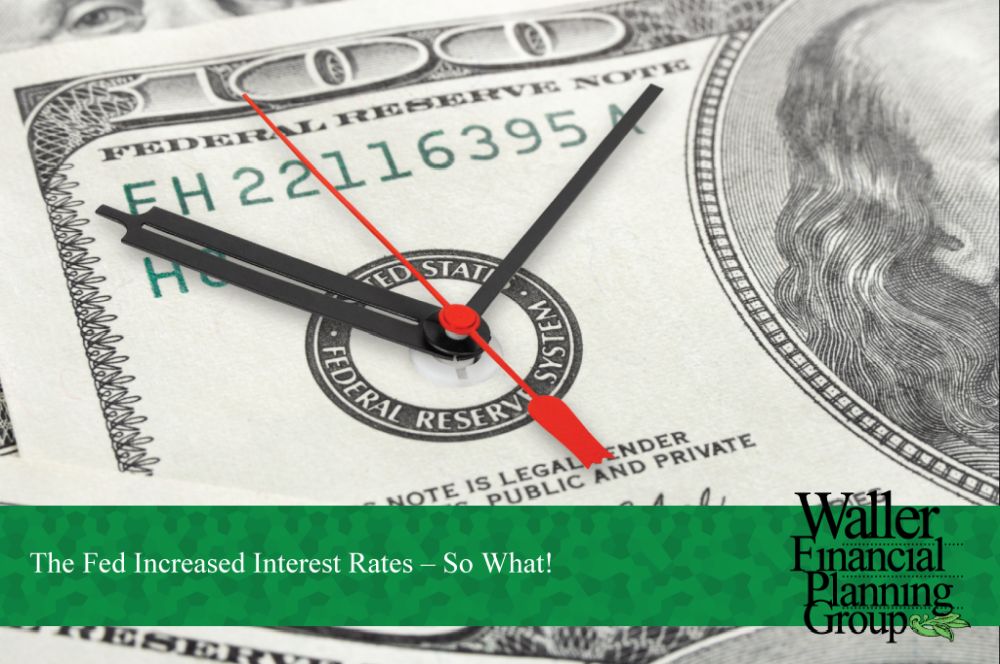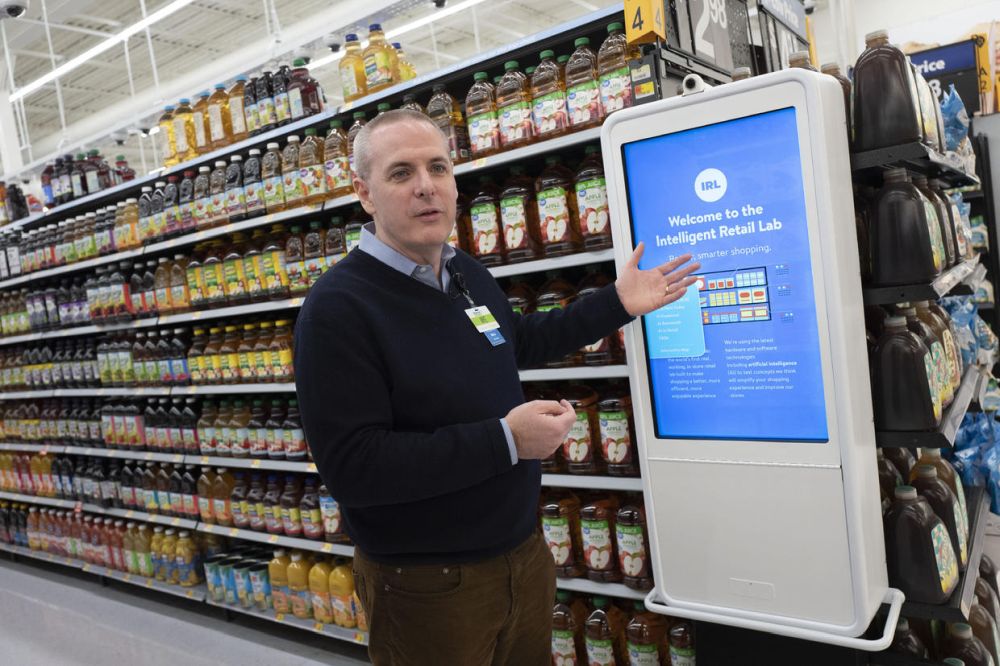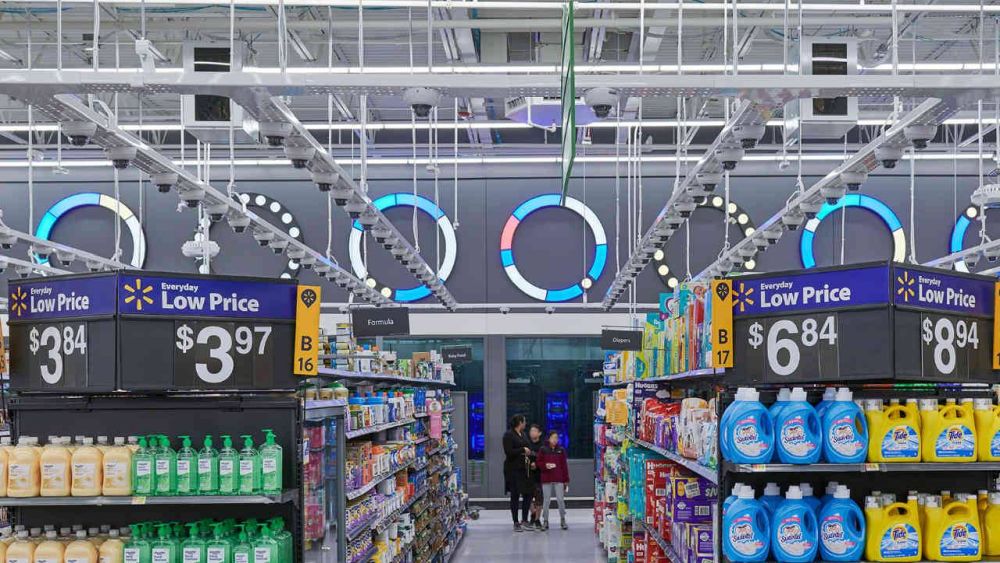The Federal Reserve’s recent interest rate hike sent a wave of uncertainty through the business world. Borrowing becomes more expensive, making investments in new stores or technology a daunting prospect. In the retail sector, this translates into a fascinating tale of two cities. Industry leaders like Amazon and Walmart are flourishing, fueled by their financial muscle. Conversely, smaller retailers are left to navigate a more precarious landscape.

For retail giants, rising interest rates are a minor inconvenience. Companies like Amazon and Walmart boast immense cash flow, freeing them from dependence on loans and interest rate fluctuations. Amazon, for example, recently announced a significant increase in capital expenditures, driven by its cloud computing division and investments in cutting-edge AI technology. Similarly, Walmart is planning substantial investments in store expansion and technological upgrades over the next few years. Their secret weapon? The ability to generate massive amounts of cash flow. This financial strength allows them to self-fund their growth strategies without relying on lenders or fearing interest rate fluctuations.

Unfortunately, smaller retailers don’t enjoy such luxuries. They often lack the financial resources of their larger counterparts. Opening a new store or implementing new technology becomes a risky proposition when borrowing costs rise. Additionally, smaller businesses are more likely to be squeezed by rising rent prices, as developers often factor their own borrowing costs into the equation.

However, some smaller retailers are finding creative solutions. One strategy involves moving away from the traditional built-to-suit model, where developers shoulder the construction costs and then charge rent. This approach often results in higher rents due to the developer’s financing needs. An alternative gaining traction is the fee-based development model. Here, the retailer pays a flat fee for construction, minimizing their exposure to interest rates. While this option requires a larger upfront investment, it can be a more cost-effective solution in the long run, especially for businesses with limited access to capital.

The current economic climate presents a mixed bag for the retail industry. While large, cash-rich companies are seizing the opportunity to invest and grow, smaller players face a more challenging environment. The ability to generate significant cash flow and explore alternative financing models will likely be key factors for retailers navigating this period of higher interest rates.

